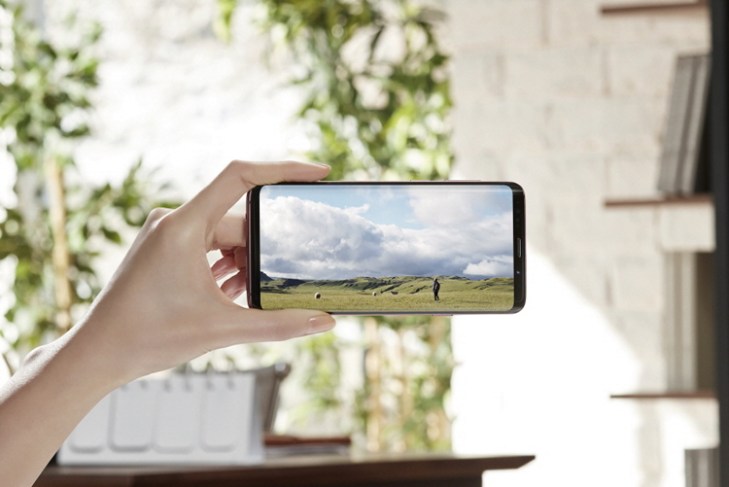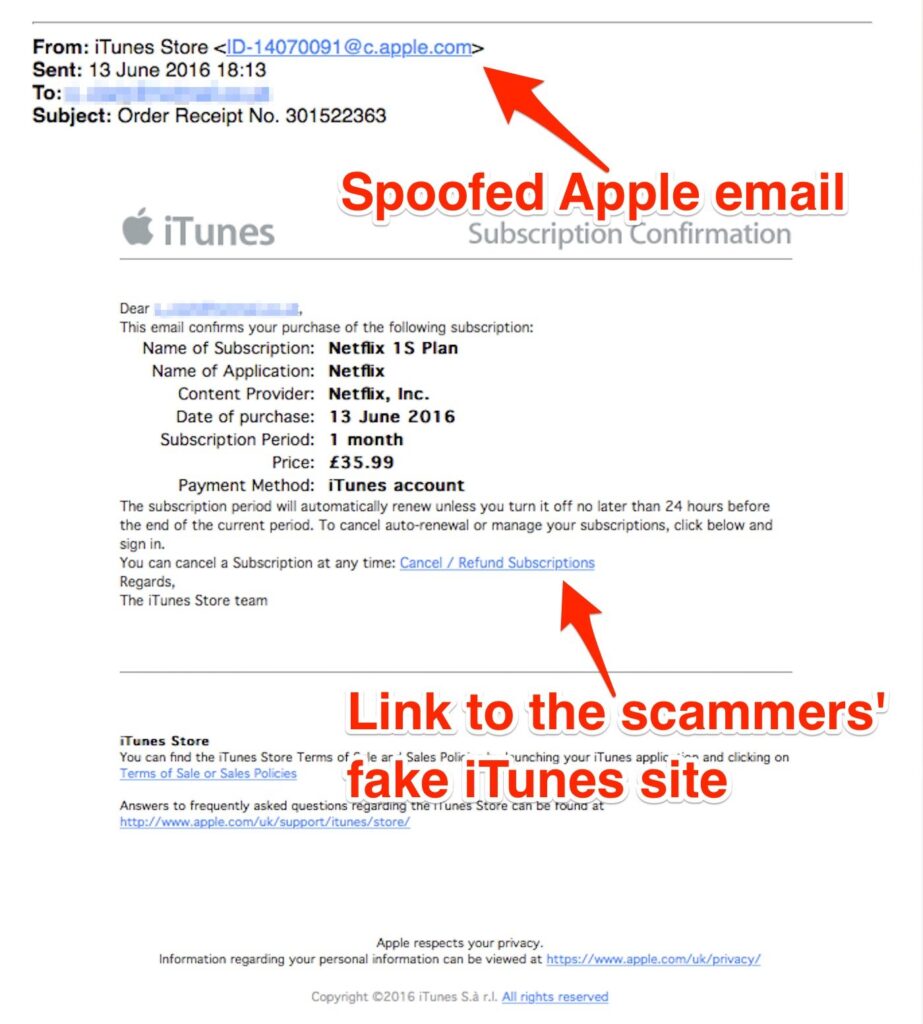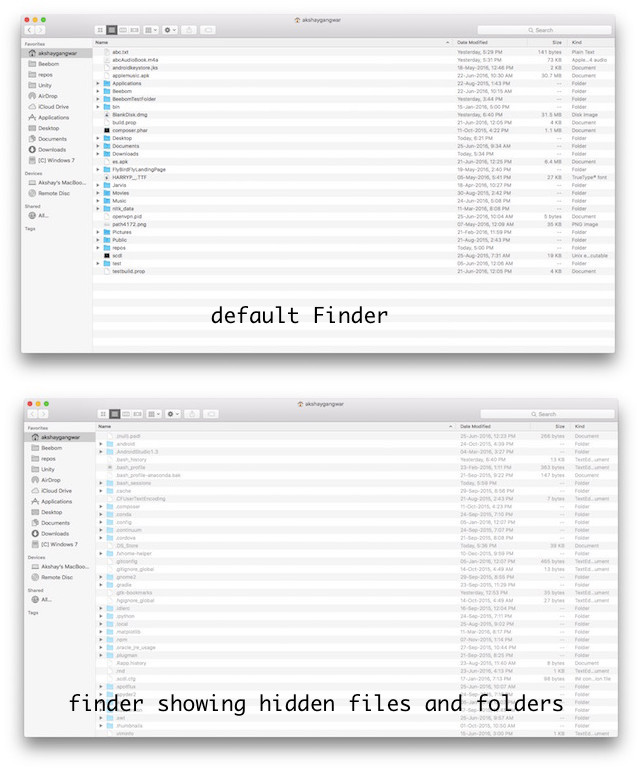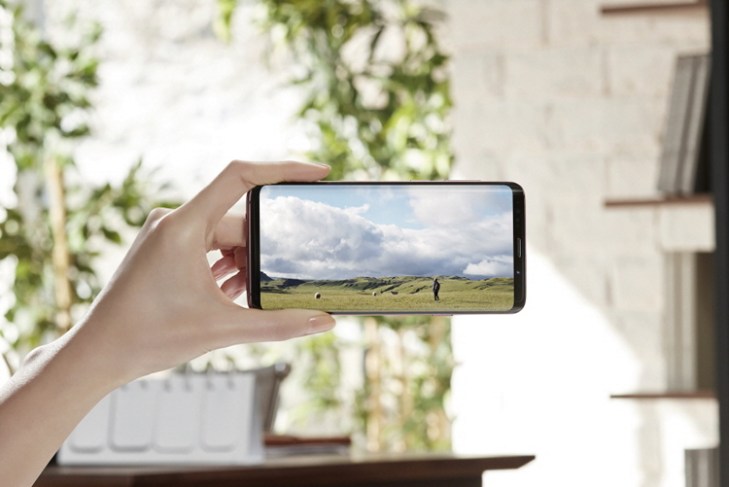
Samsung unveils its latest flagship, the Galaxy S9. Pre-orders are underway worldwide, with sales launching on March 16. Featuring Qualcomm’s Snapdragon 845 SoC, the device sets a new standard. However, this processor is exclusive to the US version. The global model will utilize Samsung’s Exynos 9810 chip, potentially surpassing the Snapdragon 845 in speed.
Despite the Galaxy S9’s appeal at $719.99, various factors may drive individuals to explore alternative flagship smartphones. While Samsung excels in certain aspects with the Galaxy S9, other smartphones surpass it in specific areas. Here, I present the top 8 alternatives to the Galaxy S9:
Top Galaxy S9 Alternatives
1. Pixel 2 XL
Though the Pixel 2 XL falls short of the Galaxy S9 in display quality, it boasts advantages over Samsung’s flagship. Google’s Pixel 2 XL features an industry-leading camera that consistently outperforms competitors.
Despite the Galaxy S9’s innovative camera hardware, Google’s optimized camera software may surpass it. The Pixel 2 XL, with its stock Android experience and prompt updates, gains an edge over the Galaxy S9. Additionally, the Snapdragon 835 and 4 GB RAM ensure a smooth experience. If you seek a Galaxy S9 alternative, the Pixel 2 XL is a solid choice.
2. iPhone X
Next on the list is Apple’s greatest iPhone yet – the iPhone X. While I’m not an Apple fanboy, I do appreciate the craftsmanship in designing the iPhone X. The device features a beautiful edge-to-edge 5.8-inch OLED display (from Samsung) which rivals that of the Galaxy S9. The A11 Bionic chip is one of the fastest, even outperforming the Snapdragon 845 in benchmarks, making the iPhone X a strong alternative to the Galaxy S9.
Additionally, the iPhone X runs iOS 11, ensuring prompt updates and after-sales support from Apple. It’s a great alternative for users immersed in the Apple ecosystem, offering unmatched connectivity between devices. However, Apple’s flagship comes with a hefty price tag, which might deter some. If the price puts you off, consider the iPhone 8 Plus, with similar specs and features but without the bezel-less display.
3. Huawei Mate 10
Chinese smartphone manufacturer Huawei’s flagship, the Mate 10, rivals top Android models at an affordable price. Its Hisilicon Kirin 970 chip offers impressive AI capabilities paired with 4GB RAM. The Leica-branded 20MP+12MP rear camera setup delivers high-res images thanks to Huawei’s software optimizations.
Another standout feature of the Huawei Mate 10 is its 4,000mAh battery, outlasting Samsung’s 3,000mAh battery in the Galaxy S9. However, Huawei’s EMUI software skin and the 16:9 display may deter some buyers.
4. Nokia 8 Sirocco
An iterative update of last year’s flagship from HMD Global, the Nokia 8 Sirocco features most of the same specifications as the Nokia 8. Powered by Qualcomm’s Snapdragon 835 chipset, 6GB RAM, and 128GB storage, it delivers top-of-the-line performance. A key selling point is its Android One experience, expected to enhance device performance.
However, the device lacks a 3.5mm headphone jack, unlike the Galaxy S9, which can concern buyers. The device features a 5.5-inch vibrant 1440p curved pOLED display, competitive with the Galaxy S9, but its 16:9 aspect ratio is outdated for 2018 smartphones. In terms of optics, the smartphone boasts a decent 12MP+13MP Ziess-branded dual camera setup, though the 5MP front-facing camera may disappoint selfie enthusiasts.
Buy: (Coming Soon)
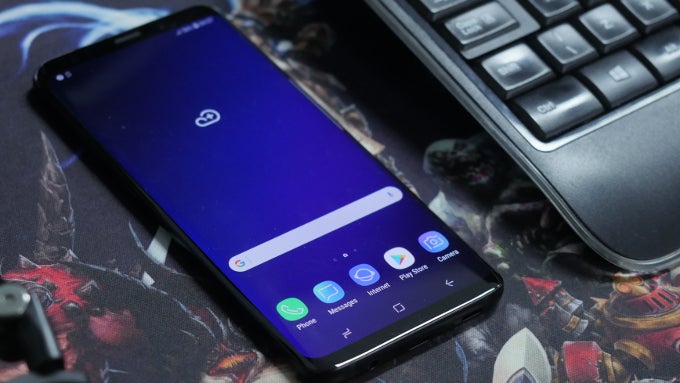
5. Sony Xperia XZ2
Sony’s inaugural smartphone boasting a bezel-less display, the Xperia XZ2, recently debuted at the company’s MWC event. The device flaunts a 5.7-inch FHD+ LCD display with an 18:9 aspect ratio, accompanied by the latest Snapdragon 845 SoC and 4GB RAM, promising performance comparable to the Galaxy S9. However, the Xperia XZ2 stands out with its innovative camera features.
The lone 19MP Motion Eye sensor on the rear enables 960fps super slow-mo video recording at 1080p. In contrast, the Galaxy S9 records 960fps super slow-mo video at 720p. However, the Xperia XZ2 has a small 3,180mAh battery and runs on Android 8.0 Oreo, while newer devices typically feature Android 8.1 Oreo.
Buy: (Coming Soon)
6. OnePlus 5T
Biased or not, the OnePlus 5T stands out as my favorite. It excels in design and specifications. At its price, it’s unbeatable, meeting nearly all 2017 flagship standards. Hardware features the Snapdragon 835 chip with options for 6GB or 8GB RAM and 64GB or 128GB storage. It offers excellent performance for its cost and includes a decent camera setup front and back.
Even the software customizations in Oxygen OS are generally useful and don’t significantly impact device performance. Despite its 3,300mAh battery, OnePlus’ Dash Charge technology compensates by charging the phone rapidly. The device has some issues, but considering the price, it’s hard to find better.
7. Galaxy Note 8
Another standout smartphone is Samsung’s flagship from the Note line, the Galaxy Note 8. While its specifications are similar to other flagships, the Note 8 distinguishes itself with its large, stunning display, reliable dual-camera setup, and the S Pen.
The S Pen customizations to the software, coupled with the large QHD+ Super AMOLED 6.3-inch display, establish the Note 8 as a productivity powerhouse. While unquestionably a superb smartphone, the Galaxy Note 8 may not suit everyone. Its sizable footprint, attributed to the large display, could pose challenges for users with small hands. Additionally, the underwhelming 3,300mAh battery raises concerns, offering less-than-exceptional battery life due to the display’s substantial power consumption.
8. Galaxy S8
Finally, Samsung’s last year flagship, the Galaxy S8. Given Samsung’s minimal design alteration with the Galaxy S9, the older flagship serves as a solid alternative for budget-conscious buyers. It retains top-tier specifications and offers excellent value. The Galaxy S8 features the stunning Super AMOLED Infinity display in a compact form factor, ensuring an enjoyable user experience.
While the device is a decent buy at the current price, its 3,000mAh battery won’t last a day on average use. Despite its great camera, note that it’s a year old and there are other devices with better camera performance for the same price. Samsung’s Experience UI on the Galaxy S8 tends to lag after a while, which is another major drawback. Additionally, the fingerprint scanner placement might concern some buyers.
Which Alternative to the Galaxy S9 Will You Choose?
The Galaxy S9 stands as one of this year’s premier Android smartphones without question. However, if you’re concerned about its drawbacks, consider opting for a flagship from last year or await an upcoming release. Despite potentially older hardware, these alternatives pose formidable competition to the Galaxy S9. Moreover, several promising launches are slated for later this year: Google’s Pixel 3 lineup, Apple’s next ‘best iPhone yet,’ and OnePlus’ anticipated OnePlus 6. We’ll continually update this list to ensure you’re informed about the top alternatives to the Galaxy S9.
Are you in the market for a new flagship smartphone? Which alternative to the Galaxy S9 catches your eye? Share your thoughts in the comments below.

Pritam Chopra is a seasoned IT professional and a passionate blogger hailing from the dynamic realm of technology. With an insatiable curiosity for all things tech-related, Pritam has dedicated himself to exploring and unraveling the intricacies of the digital world.

